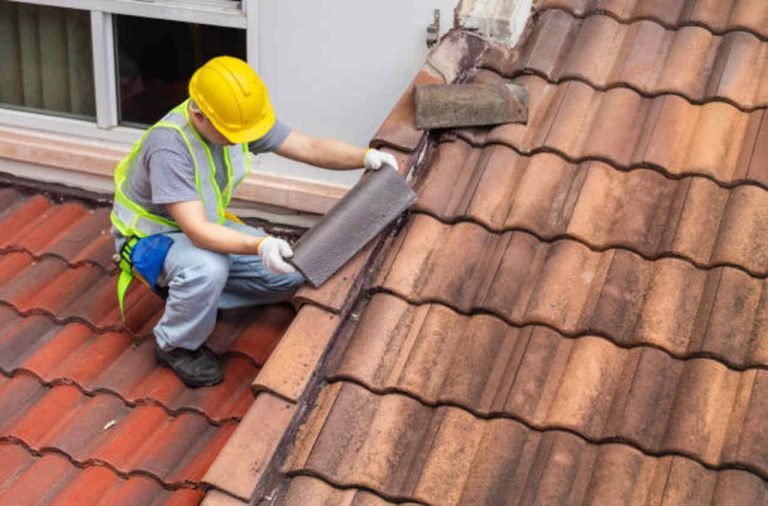Ohio is known for its unpredictable weather, with humid summers, rainy springs, and snowy winters. These varying conditions can cause significant wear and tear on roofs over time, making roof replacement a necessary project for many homeowners. When it’s time to replace your roof, hiring experienced Ohio roofers is crucial to ensure the process goes smoothly and the results last for decades.
Initial Inspection and Assessment
The first stage of a roof replacement involves a thorough inspection. Professional roofers will visit your property to assess the current condition of your roof. They will check for visible damages such as missing shingles, leaks, sagging areas, and signs of mold or rot. Additionally, they will examine the underlying structure to ensure it is strong enough to support a new roof.
During this visit, roofers will also measure the dimensions of your roof to provide an accurate cost estimate. Expect them to discuss different roofing materials with you, based on your budget and Ohio’s climate requirements.
Choosing Roofing Materials
After the assessment, you will need to decide on the type of roofing material. Asphalt shingles remain the most popular choice due to their affordability and durability. Metal roofs are also common in Ohio as they withstand heavy snow and last longer. Tile and slate are premium options that enhance aesthetics but come at a higher cost.
Your contractor will guide you through the pros and cons of each option. Make sure to consider the long-term maintenance needs and lifespan of the material you choose.
Preparation Before Installation
Before installation begins, the area surrounding your house will be prepared. This includes protecting your landscaping, setting up tarps to catch debris, and ensuring all safety equipment is ready. It is common to hear hammering and see debris falling during the project, so be prepared for temporary noise and disturbance.
Most roof replacements require removing the existing shingles and underlayment to inspect the deck beneath. If any damage is found in the decking, such as rot or mold, it will be replaced before installing the new roof. This ensures the new roof has a solid foundation.
Installation Process
Once the old materials are removed and the deck is prepared, roofers will begin installing the underlayment, which acts as a waterproof barrier. Then, shingles or your chosen material are installed systematically, starting from the bottom edge and working upwards.
During installation, flashing is also replaced or installed around chimneys, vents, and valleys to prevent water leaks. Ventilation systems may also be upgraded to promote airflow in the attic, which is essential to prevent heat and moisture buildup.
Cleanup and Final Inspection
After the installation is complete, the roofers will thoroughly clean the area. They will remove leftover materials, nails, and debris from your yard. A magnetic roller is often used to pick up stray nails to keep your property safe.
Finally, a detailed inspection is done to ensure everything has been installed correctly. The roofing team will check the alignment of shingles, sealing of flashing, and the stability of the structure. You will then be briefed about maintenance tips to extend your roof’s lifespan.
Project Duration and Cost Factors
Typically, a roof replacement project can take anywhere from one to three days, depending on the size of your home and the weather conditions. Delays can happen if there are unexpected issues with the decking or continuous bad weather.
Costs vary based on the material you choose, the labor involved, and the structural condition of your existing roof. Always ask your contractor for a detailed breakdown to avoid surprises.
Final Thoughts
A roof replacement is a major home improvement project, but knowing what to expect can ease your concerns. From the initial inspection to the final cleanup, experienced professionals will ensure the job is completed efficiently and safely. Prepare for some temporary noise and disruption, but remember that investing in a quality roof ensures long-term protection and increases your property’s value in Ohio’s demanding climate.

